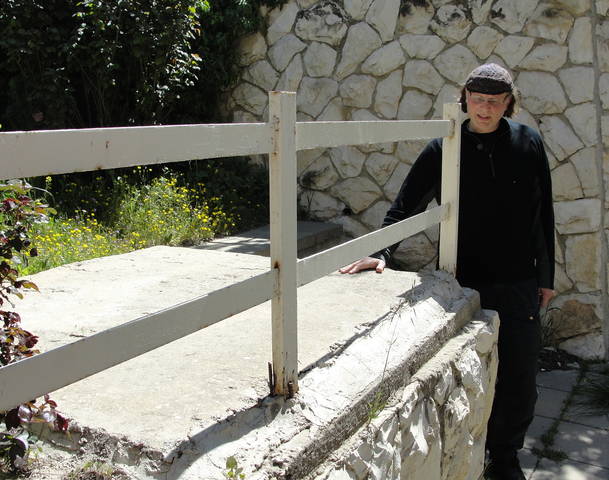Dramatic New Evidence Connecting Talpiot Tomb With the Family of Jesus
There is now a growing number of scholars that have accepted the idea that I first proposed in 2007 that the tomb of Jesus and his family is in Talpiot, just outside Jerusalem. Of course, the most important academic proponent of this thesis is Prof. James Tabor of UNC Charlotte. But Charles Pellegrino also argues the point. Prof. James Charlesworth believes that the Talpiot tomb belonged to the family, but not to Jesus himself. The late Prof. Jane Schaberg stated that though the tomb did not belong to Jesus’ family, it did belong to his early followers. Prof. Rami Arav has stated that the adjacent tomb contains the earliest signs of Judeo-Christianity. And there are others. But the majority of scholars have remained silent. They are either in theological shock or academic trauma. A small but vocal group has attacked the Jesus Family Tomb thesis with very little research, but a lot of ridicule. Putting aside the personal attacks, one of the main criticisms has been that if, indeed, Jesus and much of his family, including “Maria” his mother, were buried in Talpiot there would be a significant early Christian presence in the area. It turns out there is.
The latest evidence to come to my attention is the Kathisma Church. “Kathisma” in Greek means “seat”. Meaning, it was the “seat of the Theotokos” i.e., the place of Mary the “mother of god”. According to Professor Stephen J. Shoemaker, it is the “first known center of organized Marian [i.e., Virgin Mary] cult in the Holy land.” The Church was discovered less than a mile from the Talpiot tomb en route to Bethlehem. In fact, there is not one, but two churches in the area which are associated with the Marian cult. Some believe that the smaller, older one, which was found in Kibbutz Ramat Rachel only a few hundred yards from the “larger one” was an older version of the same church. So what would cause early Christians to build two churches next to each other, just outside Talpiot?
One tradition has it that the Kathisma Church was built to commemorate the spot where Mary “rested” before giving birth to Jesus. Another tradition has it that Mary “rested” there when the family fled to Egypt, at the time that King Herod the Great was killing the “innocents” i.e., babies, because he feared that one of them might be the messiah. In any event, what the two traditions have in common is that Mary “rested” in that area. So here’s the amazing thing; “rested” in ancient Christian terms is a euphemism for “dying”, or being buried. In fact, the whole tradition associated with the death of Jesus’ mother is called the “dormition” tradition i.e., it is the “sleeping” or “resting” tradition. According to the earliest sources associated with Mary she didn’t really die, she just “rested”. For example, in the early “Ethiopic Liber Requiei” her death is described as a “marriage” where she achieves eternal “rest” with the bridegroom i.e., God. So we have two churches less than a mile from the Jesus Family Tomb celebrating Mary’s “rest”. And in the tomb we have an ossuary (bone box) with the name “Maria” inscribed on it. Her limestone coffin was found next to a “Jesus, son of Joseph”. If all this is not a smoking archaeological gun, I don’t know what is.
But there is more. The other thing that the Kathisma church traditions have in common is that a rock, or “stone”, that Mary rested on was venerated in the heart of the church(es). And here’s another coincidence: when the Talpiot Jesus Family Tomb was found in 1980, the outer chamber was blasted by mistake when construction workers were working in the area. So if there was an outer rolling stone it was blown to smithereens. Interestingly, however, the inner chamber was left untouched. Yet, the stone that at one time undoubtedly sealed the doorway to the inner part of the tomb was missing. To this day, no one can explain how it disappeared. Take note, here you have a tomb with a missing stone and close by you have two churches that claim to possess a special Mary related stone. Coincidence? I think not.
In sum, though the naysayers say there is nothing in the area associated with early Christian tradition, archaeology has uncovered, within a stone throw of the Jesus Family Tomb, two Christian churches that seem to be celebrating the passing or “resting” of Mary, the mother of Jesus.
The evidence keeps on mounting. Click here to see.


